By Melissa Arnold
With non-essential businesses closed and restaurants limited to take-out and delivery only, many of Long Island’s popular hangouts have gone dark.
The Cinema Arts Centre in Huntington might not be able to show films or hold special events right now, but that’s not stopping them from finding creative ways to bring people together in the comfort of their own homes.
Their newest initiative, “Forks and Films,” invites viewers to open a bottle of wine and settle down for a family-friendly movie, then head to the kitchen to prepare a quick and simple recipe that connects to the film.
The weekly series will be hosted by Jacqueline Strayer, who will introduce the movie and share some fun facts, and Chef Martin Butera, who will prepare the recipes. Strayer will also showcase viewer’s stories, photos and videos in each subsequent episode.
While the CAC doesn’t have the rights to stream the films over the Internet, their selections are all readily available on popular streaming services such as Disney Plus. All of the streaming services offer free trials for new subscribers and can be canceled anytime.
Strayer, a professor at New York University and Columbia University, and Butera, owner of Butera’s Restaurant in Sayville and Woodbury, are both on the CAC’s Board of Directors.
“In 2013, I came up with the idea of showing a film at the center and then cooking some of the foods from the movie,” said Butera, who’s been on the board for 10 years. “It was very successful, and we held a similar event a few years later. I was working on putting another one together not too long before the pandemic.”
As shutdowns rolled through the Empire State last month, Strayer started brainstorming ways they could continue to reach people in the community, including more than CAC 10,000 members and tens of thousands more who visit the theater.“When I realized people were going to be remote, I sent a note to Martin and said, ‘Remember how you always wanted to do another dinner and a movie event? Well, maybe now is the time,” she recalled.
Every Thursday, the CAC will upload the “Forks and Films” video for families to watch and rewatch at their convenience, removing the need for everyone to be available at the same time. It’s a low-key, laid back experience that the staff and board hopes will have a broad appeal to all kinds of people while providing some badly-needed distraction.
“The cinema is a very community-focused organization, and we have personal connections with many of our patrons that we’ve come to view as family,” said Nate Close, CAC director of marketing and communications. “[Before the pandemic] there were some people who were here every single day, watching films, giving us feedback, just wanting to chat. We still want to be there for everyone.”
Butera will be filming from his kitchen, while Strayer will be welcoming viewers to her basement. “Is it going to be perfect? No. We’re not professional television people and we don’t have fancy equipment. But we want to give people a little bit of joy in a time that’s so difficult for all of us,” Strayer said.
Of course, it takes a team effort to spread the word about any event, and “Forks and Films” is no exception. Strayer has enlisted the help of enthusiastic graduate students in her Public Relations and Corporate Communications and Integrated Marketing programs at NYU to promote the event. A group of seven students volunteered to help without any academic incentives, even as they complete coursework remotely.
“I was amazed at how quickly they jumped in and how hard they’re working. We meet over [the video chatting platform] Zoom every few days,” Strayer said. “They’ve been highly engaged and have wonderful ideas to share. And none of them are from New York. I feel so fortunate to have talented students from all over the world.
For Butera, “Forks and Films” will be another way to share his love of cooking with the world.
“I’ve always had a passion and affinity for food as well as an appreciation for film,” he explained. “My wife and I have been members of the CAC for 25 years. The center has been a great place for us to see foreign and independent films … but it’s also been a wonderful place for people to grab a cup of coffee and share their ideas and experiences with a film. It’s a community, and you can’t get that by watching Netflix.”
The first episode, which kicks off tonight, April 9, at 6 p.m., will encourage viewers to watch a beloved Disney classic, Lady and the Tramp. Released in 1955, the animated film follows the blossoming romance between Lady, a lovely Cocker Spaniel from an upper class family, and a scruffy stray mutt named Tramp.
One of the most iconic scenes from the film finds Lady and Tramp sharing a big plate of spaghetti and meatballs by candlelight in the back alley of Tony’s Italian Restaurant while Tony serenades them with the love song “Bella Notte.” Appropriately, Butera will demonstrate how to make his famous chicken meatballs on “Forks and Films.” The episode’s title? “Sunny with a Chance of Meatballs.”
The chef is planning on recreating the classic French stew ratatouille during the April 16 episode to compliment the 2007 Disney Pixar animated film of the same name. The ingredients for each featured dish will be posted on social media a week in advance of each episode,
“I wanted to choose recipes that weren’t too hard to make, but a bit more challenging than just opening a can. Ideally they’ll have all or most of the ingredients at home already, and we’ll release the ingredients list ahead of time,” Butera said. “Cooking has a way of grounding people, of connecting them to good memories and feelings, which we think will be good for everyone.”
“Forks and Films” will be uploaded each Thursday on Facebook.com/CinemaArtsCentre, and on YouTube.com — search for Cinema Arts Centre Huntington.
For other remote opportunities from the Cinema Arts Centre, including staff-curated film recommendations and the opportunity to rent films at home, visit www.cinemaartscentre.org.
To better prepare you for following along as Chef Martin recreates the classic meatballs from Lady and the Tramp, here is the ingredient list:
● 2 pounds ground chicken or ground chop meat
● 2 large fresh eggs
● 1 small onion, diced
● 1 large garlic clove, minced
● 1 ½ cup water
● 1 ¼ cup plain dried bread crumbs
● ½ cup fresh chopped parsley
● ½ cup freshly grated Romano cheese
● 1 teaspoon salt
● ¼ teaspoon black pepper
● ¼ cup extra virgin olive oil

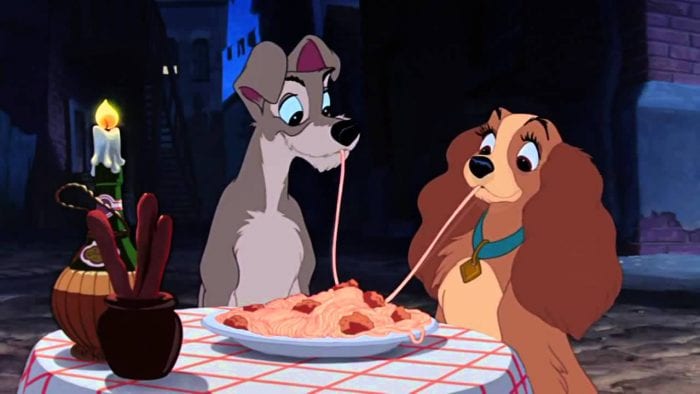
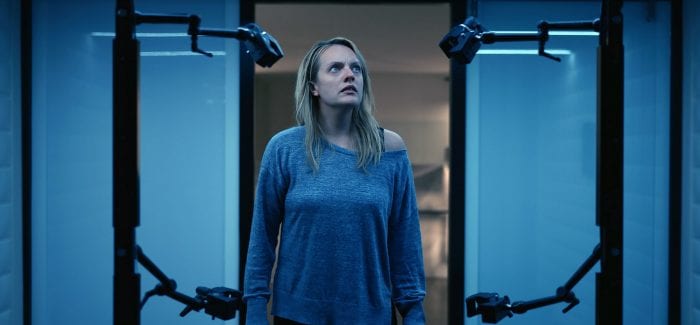


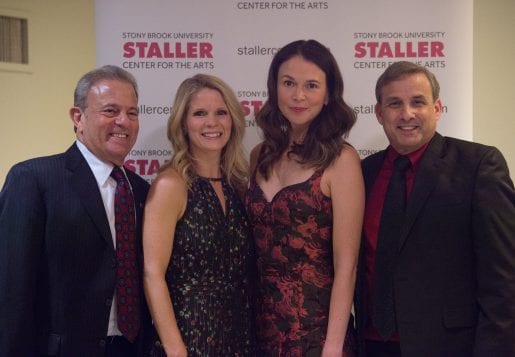






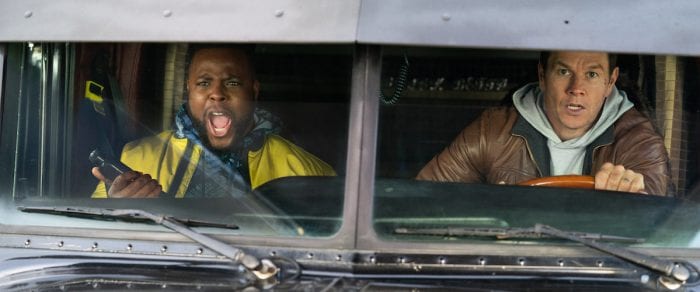
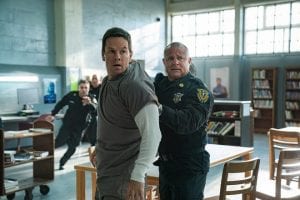 Mark Walhberg plays Boston police officer Spenser who is now being released from five years in prison for assaulting his captain (a stock villain played by Michael Gaston). While at first it seems that Spenser’s sole motivation was breaking up a domestic dispute, it is gradually revealed that there is more to it than just the captain’s mistreatment of his wife.
Mark Walhberg plays Boston police officer Spenser who is now being released from five years in prison for assaulting his captain (a stock villain played by Michael Gaston). While at first it seems that Spenser’s sole motivation was breaking up a domestic dispute, it is gradually revealed that there is more to it than just the captain’s mistreatment of his wife.  The tone strips its gears as it shifts between sitcom and deadly serious. A vicious dog attack is played as slapstick in this bizarre mix of real and cartoon violence. Perhaps there was an attempt to make this a common man as super hero vehicle — there are various references to Spenser as Batman — but there is no follow-through on that concept either. The jokey moments come across as precious, with glib quips often followed by an exceptionally ugly moment. It is not impossible to pull off this seemingly incongruent blend; the Dirty Harry movies did it brilliantly. Spenser Confidential doesn’t even try. It just lopes along, leaving a trail (and trial) of clichés.
The tone strips its gears as it shifts between sitcom and deadly serious. A vicious dog attack is played as slapstick in this bizarre mix of real and cartoon violence. Perhaps there was an attempt to make this a common man as super hero vehicle — there are various references to Spenser as Batman — but there is no follow-through on that concept either. The jokey moments come across as precious, with glib quips often followed by an exceptionally ugly moment. It is not impossible to pull off this seemingly incongruent blend; the Dirty Harry movies did it brilliantly. Spenser Confidential doesn’t even try. It just lopes along, leaving a trail (and trial) of clichés.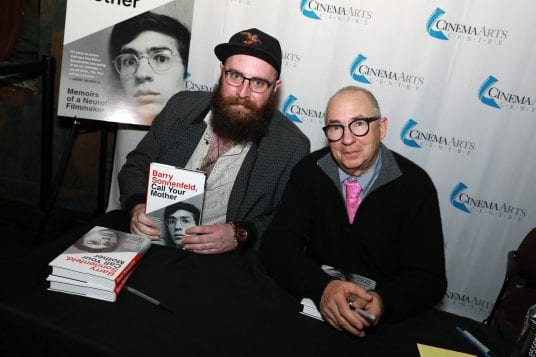
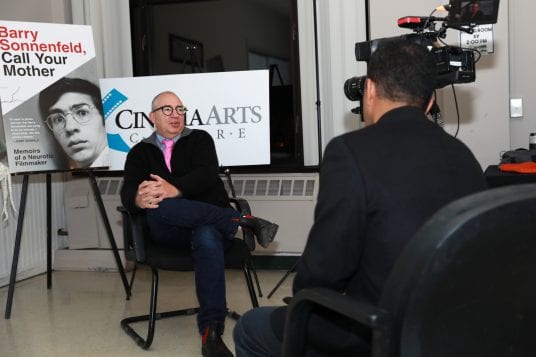
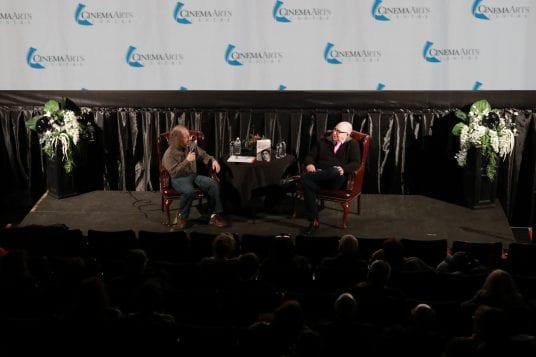
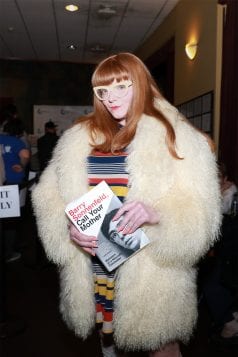
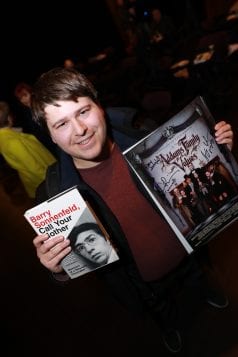
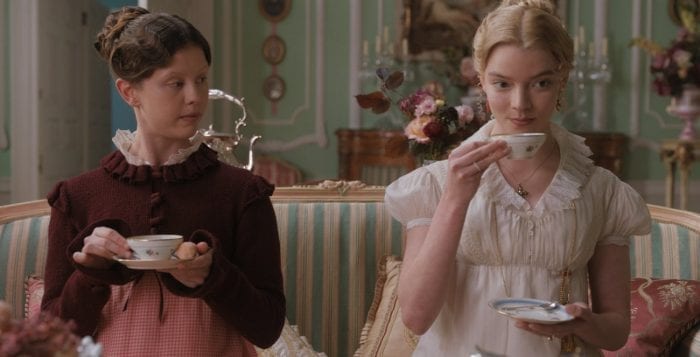
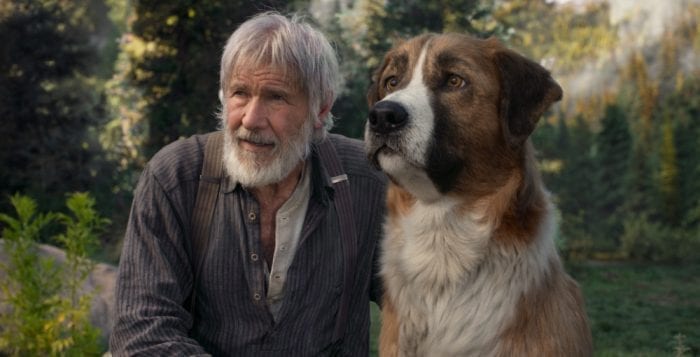
 The story begins as the book’s did. Buck, a St. Bernard/Scotch collie, lives in Santa Clara, California, with his master, Judge Miller (a nice cameo by Bradley Whitford). After being stolen and shipped north, he is sold into the service of a mail-delivering dogsled team.
The story begins as the book’s did. Buck, a St. Bernard/Scotch collie, lives in Santa Clara, California, with his master, Judge Miller (a nice cameo by Bradley Whitford). After being stolen and shipped north, he is sold into the service of a mail-delivering dogsled team.








